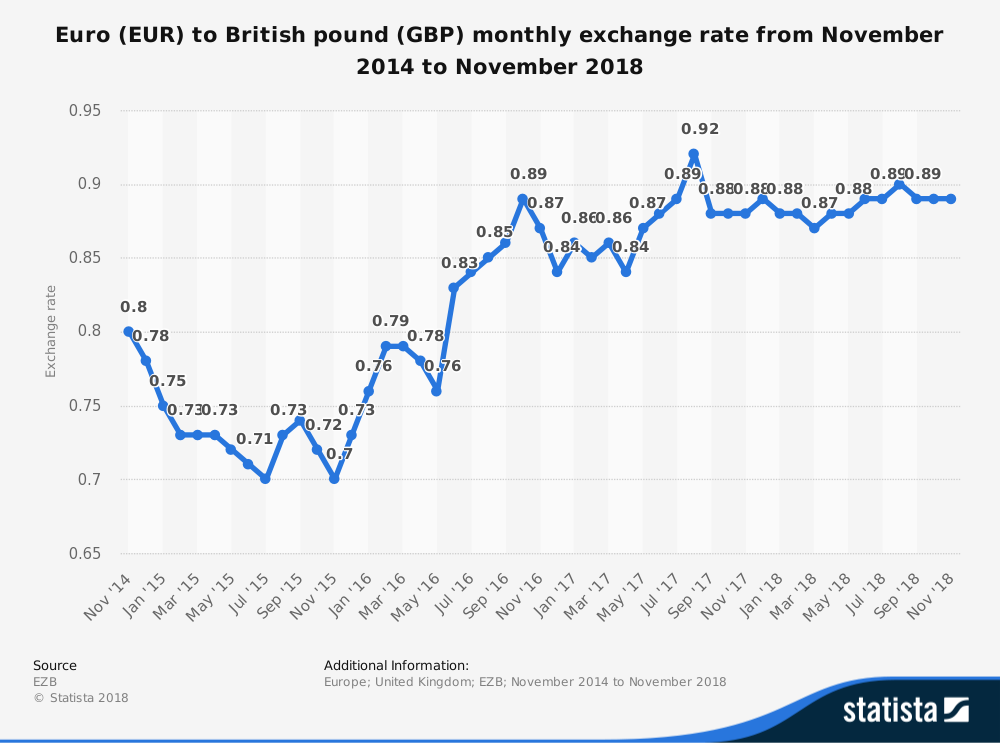Contents
The second of three touches should, ideally, touch (rather than ‘come close to’) the trendline. This removes the issue of price forming an upward-sloping channel with an upward spike at the end of the pattern. The widening formation happens when rate change causes a succession of higher highs and lower lows that slowly broaden over time.

Regardless of the type , falling wedges are regarded as bullish patterns. The descending broadening wedge pattern can extend for extended periods on increasing unpredictability. As the two “arms” are moving apart there’s no “crossing point” to the pattern like there is with a pennant, a wedge or triangle.
Rising wedge
After a long downward trend, the market needs time to settle down through consolidation. If the downward trend were to continue in the same manner, then the sellers would be able to push the price down even further. In the case of a falling wedge, the two trend lines will slope, but the top line will slope at a sharper angle downward than the bottom resistance line. Falling wedge patterns should also be used in combination with other forms of technical analysis and due diligence. Here is what needs to be present when looking for a falling wedge pattern.

Broadening bottom is formed when the cost comes to a halt before developing a lower low and continues greater, securing the previous high. The volume is upwards of 65 percent to 67 percent of the time . That is, the start of the trend is lower than the start of the pattern. To identify it from a flat or rising pattern, we use the midline. DOGE, however, later broke out, which was preceded by a bullish divergence in the six-hour Relative Strength Index , which usually happens when there is an uptrend. We at Enrich Money, do not promise any fixed/guaranteed/regular returns/ capital protection schemes.
Descending wedge
A downward breakout requires that you determine the values of the highest high and lowest low . Here’s an example of levels that could serve as entry and exit points. … the profit target is measured by taking the height of the back of the wedge and by extending that distance up from the trend line breakout. The falling wedge can also be used as either a continuation or reversal pattern, depending on where it is found on a price chart. This lesson shows you how to identify the pattern and how you can use it to look for possible buying opportunities. No worries for refund as the money remains in investor’s account.

It just represents a pattern within a pattern of the overall uptrend. The reason for a falling wedge being present in an uptrend is that it represents a brief market contraction for various reasons. Many traders who can spot a falling wedge in an uptrend will feel that this gives them buying opportunities they might not have had in a general uptrend.
Chart pattern: Descending broadening wedge
During the development of a descending broadening wedge, volumes do not behave in any specific method however they increase highly when the assistance line breaks. This is measured by taking the height of the back of the wedge and by extending that distance up from the trend line breakout. Also, notice there was no marked pickup in volume during the breakdown.
- This tip is a value for money for all i.e whether one can see the trading terminal or not or is dealing through a broker on phone at BSE, NSE or in F&O.
- Falling wedges generally assume a bullish break once the asset price breaks out of the wedge pattern.
- As quickly as the rate increases over the pattern’s upper trendline, go into the marketplace.
- Wait for the breakout of the upper trendline with a big candlestick.
A descending broadening wedge is confirmed/valid if it has good oscillation between the two upward lines . Very often these patterns have partial rises and partial declines that are followed by a breakout. When price rises from the lower trendline and fails to make the upper trendline it is https://1investing.in/ likely to breakout lower. When price falls from the upper trendline and fails to make the lower trendline then the breakout is likely to be upwards. In my experience partial declines are more consistent with producing upward breakouts than partial rises are in producing downward breakouts.
What is a right-angled descending broadening wedge?
Become consistently profitable with our structured online trading course. If there is a lot of “white space” in the pattern then it will be tricky to identify. Tall and wide patterns work better than short and narrow patterns. The currency rate can either break out through the leading or through the bottom. Do not trade in “Options” based on recommendations from unauthorised / unregistered investment advisors and influencers. Do not share of trading credentials – login id & passwords including OTP’s.
Descending Wedge
The odds are over 54% which is certainly better odds than a break in the other direction. The back tests look at forex pairs, EURUSD, GBPUSD, USDJPY, USDCHF, and USDCAD at all timeframes from M15 to daily . As with the ABW you need to pay special attention when using the pattern as a “stand alone” buy/sell signal. Tradimo helps people to actively take control of their financial future by teaching them how to trade, invest and manage their personal finance.
We at Enrich Money do not provide any stock tips to our customers nor have we authorised anyone to trade on behalf of others. If you come across any individual or organisation claiming to be part of Enrich Money and providing such services, kindly intimate us immediately. It’s also important that your stop is not placed too close to your entry price. In the meantime, we’d like to gift you our trading roadmap and its best 55 resources.
Descending Broadening Wedge Pattern
However, you can place your take-profit at the bottom of the lower line to seal substantial profit if you have a rising wedge. And if you have a falling wedge you place your TP at the top of the upper trendline to gain substantial profit. When you notice MetLife Demutualization Claims a break in the signal line, you should enter the forex market in the same direction as the breakout. Rising wedge pattern or also called ascending wedge pattern, takes shape after a longer uptrend, when the price makes higher highs and higher lows.
A wedge pattern can show market turnarounds in either bullish or bearish instructions. A rising wedge or a descending wedge are the two kinds of wedge patterns . The descending broadening wedge pattern can extend for extended periods on increasing volatility. Because the two “arms” are moving apart there’s no “crossing point” to the pattern like there is with a pennant, a wedge or triangle.
Consolidation occurs when the market is trading within a range but hasn’t broken out significantly in either direction. This is caused by traders being indecisive with their trades, whether buying or selling. However, in this consolidation time frame, small patterns can emerge that indicate a significant breakout in one direction or another.
Typical of other chart patterns, the wedge probably won’t be perfectly formed. The main clue is the two lines moving apart from one another with clear support/resistance. Once the pattern reaches or is near its convergence point, the asset price will break to the upside and continue its uptrend march. Traders can make use of falling wedge technical analysis to spot reversals in the market. The USD/CHF chart below presents such a case, with the market continuing its downward trajectory by making new lows.
Investments in securities market are subject to market risks; read all the related documents carefully before investing. This tip is a value for money for all i.e whether one can see the trading terminal or not or is dealing through a broker on phone at BSE, NSE or in F&O. Thus you are on a correct path of making money every day with single daily accurate tip. Price Data sourced from NSE feed, price updates are near real-time, unless indicated.